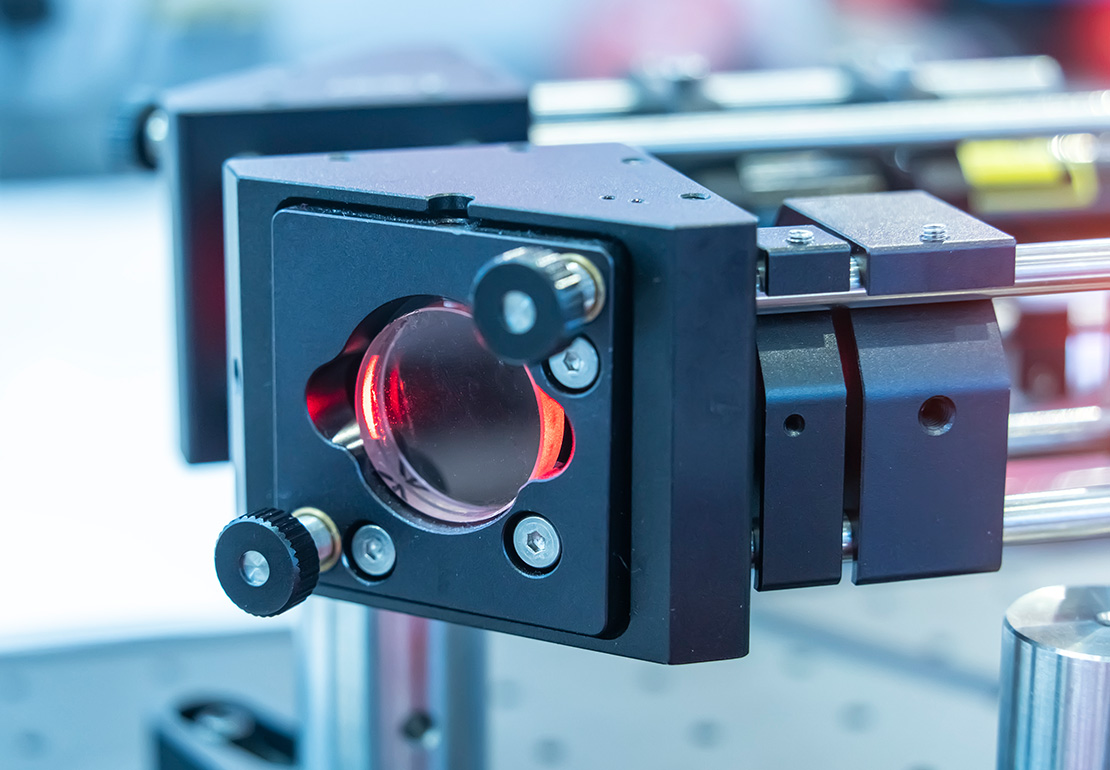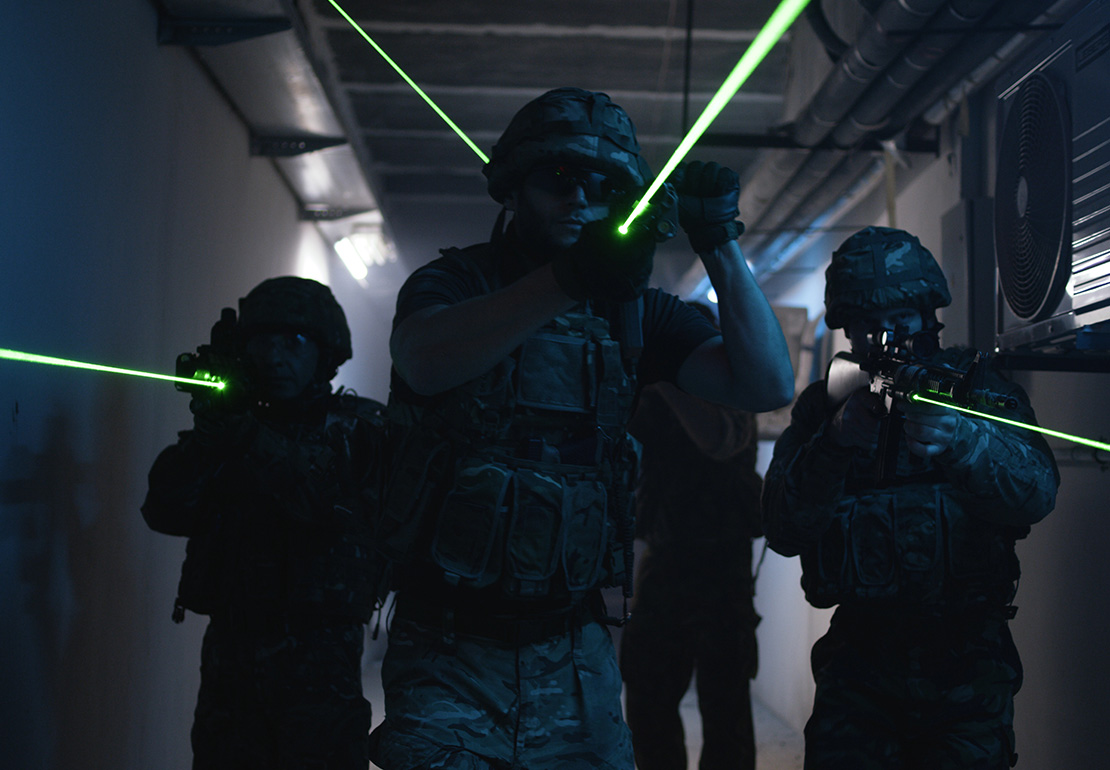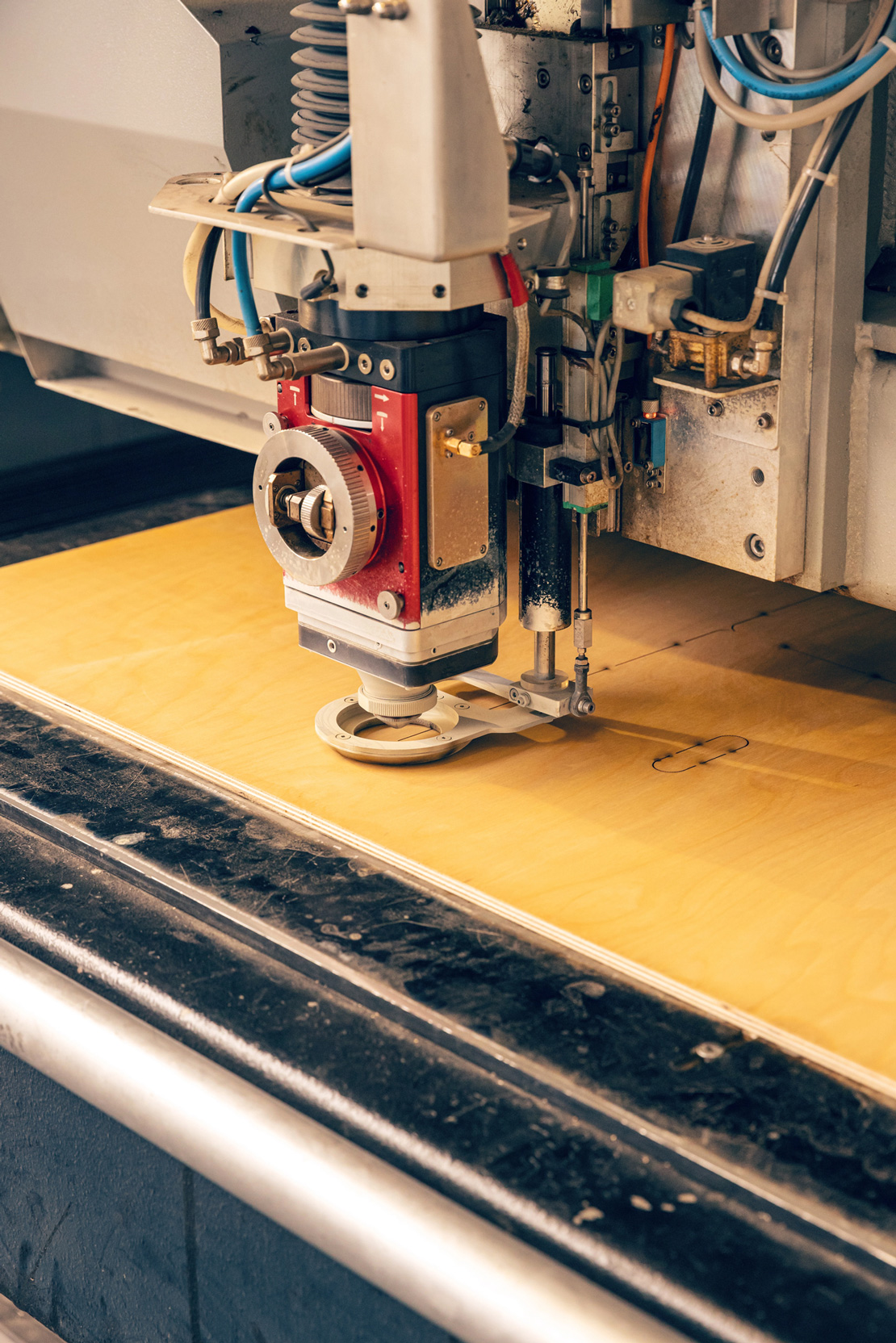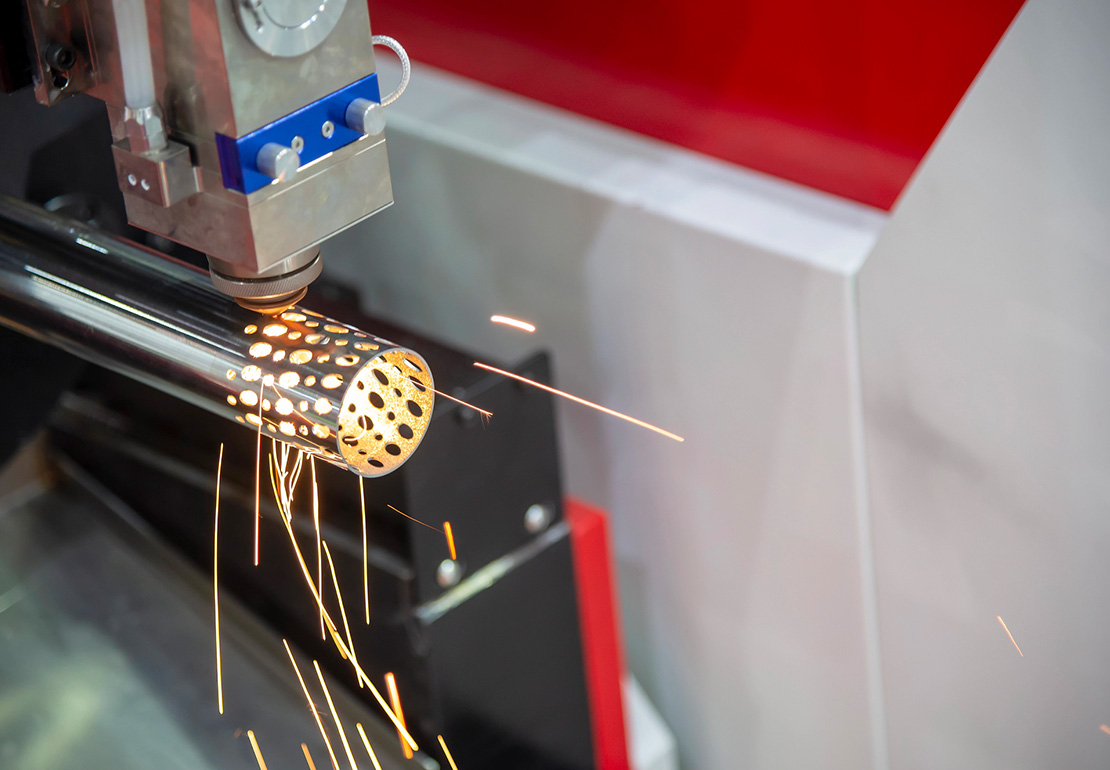UV Laser Shutters: 5 Best Uses

In industrial systems, ultraviolet lasers often operate with narrow tolerances and high output. A UV laser shutter must manage this exposure with precision. This shutter type does not just block light. It performs a key role in laser safety, timing, and beam control.
Choosing the correct UV laser shutter protects sensitive materials and improves equipment lifespan. From biotech to electronics, systems that rely on ultraviolet wavelengths require accuracy and stability.
Every use case has different needs. The performance of the shutter must reflect those specific challenges.
Biotechnology Equipment
In laboratory automation, UV lasers can perform tasks such as sterilization, DNA analysis, and photochemical reactions. Shutters in this setting must operate quickly and without vibration. Even slight delays can change results.
UV laser shutters protect operators and samples from unintended light exposure. Equipment often runs continuously, which increases mechanical wear. That makes the shutter’s durability even more important. Biotech firms depend on reliable beam control during automated steps.
Semiconductor Manufacturing
Semiconductor wafers require narrow light bands and high energy. A UV laser shutter in this space helps isolate light to specific points during micromachining or lithography. These shutters must open and close with precision to match timing systems.
Poor shutter control leads to defects in expensive materials. Optical beam shaping often depends on the shutter staying in exact alignment. Speed and thermal resistance are two non-negotiable features here.
Laser-Based Medical Devices
UV lasers are now common in dermatology and surgical equipment. Safety becomes even more important when the beam targets living tissue. A UV laser shutter allows a system to stop light instantly. That supports safety interlocks and patient protection.
Some medical platforms include diagnostics or treatment options that switch modes. A well-designed shutter keeps beams isolated to a target area. That adds confidence for both operator and patient.
Environmental Testing Systems
UV light helps detect chemicals and pollutants in air, water, and surfaces. Analytical systems must control exposure and minimize background noise. A UV laser shutter assists by limiting light pulses only when samples are in position.
Many testing labs require repeatable results. This means the shutter must operate consistently over many cycles. The use of automated environmental scanners makes the shutter’s role even more important.
UV Laser Welding and Drilling
Precision welding or micro-drilling often depends on UV lasers. The shutter prevents accidental exposure to high-intensity beams. That protects the machine and the surrounding space. In small part assembly, even brief exposure outside of timing windows can damage a product.
Fast cycling and thermal protection allow the shutter to handle repeated pulses. For tight workspaces, compact shutters reduce design restrictions.
Photolithography and Mask Alignment
In photolithography, UV light defines the structure of electronic or microfluidic patterns. Any delay in shutter response affects alignment and accuracy. A UV laser shutter controls beam delivery during photoresist exposure.
Accurate timing allows for smaller feature sizes and fewer errors. Mask alignment tools use shutters to prevent misfires. As feature sizes shrink, the importance of shutter accuracy increases.
Optical Metrology Systems
UV metrology systems measure surface features or detect flaws. These systems often scan reflective or transparent parts. A UV laser shutter helps by enabling or interrupting light at exact intervals. Without this control, sensors may record false data.
Shutters also allow operators to adjust exposure levels or sequence steps safely. As measurement demands become more complex, fast and accurate shutter control becomes more valuable.
Forensic and Material Analysis
UV lasers are frequently used in forensic labs to detect biological residues, fingerprints, and trace substances. A UV laser shutter enables precise timing, which reduces false positives and ensures sample integrity. Be it in crime labs or industrial material inspection, these shutters share consistent performance across thousands of cycles.
3D Printing with UV-Curable Resins
Additive manufacturing that uses UV-curable resins relies on accurate light exposure. A UV laser shutter helps initiate or stop curing during specific phases of the print cycle. This improves resolution and reduces print defects. With demand growing for high-precision 3D prints, reliable shutters play a fundamental role in managing UV curing steps.
Explore More Laser Shutter Solutions
Each of these systems benefits from optimized shutter selection. You can explore more designs through our full laser shutters and optical beam shutters catalog. Performance demands vary, but accurate beam control always matters.
Built for Demanding UV Applications
To view more configurations suited for ultraviolet light, see our dedicated UV laser shutters product page. This includes options for high-speed switching, safety interlocks, and narrow-beam apertures.
Talk to Us About Your Application Needs
At NM Laser, we design UV laser shutters that work with your system’s timing, energy, and spatial needs. We focus on reliability and speed across applications like yours. Contact us today to discuss your UV laser shutter requirements.


